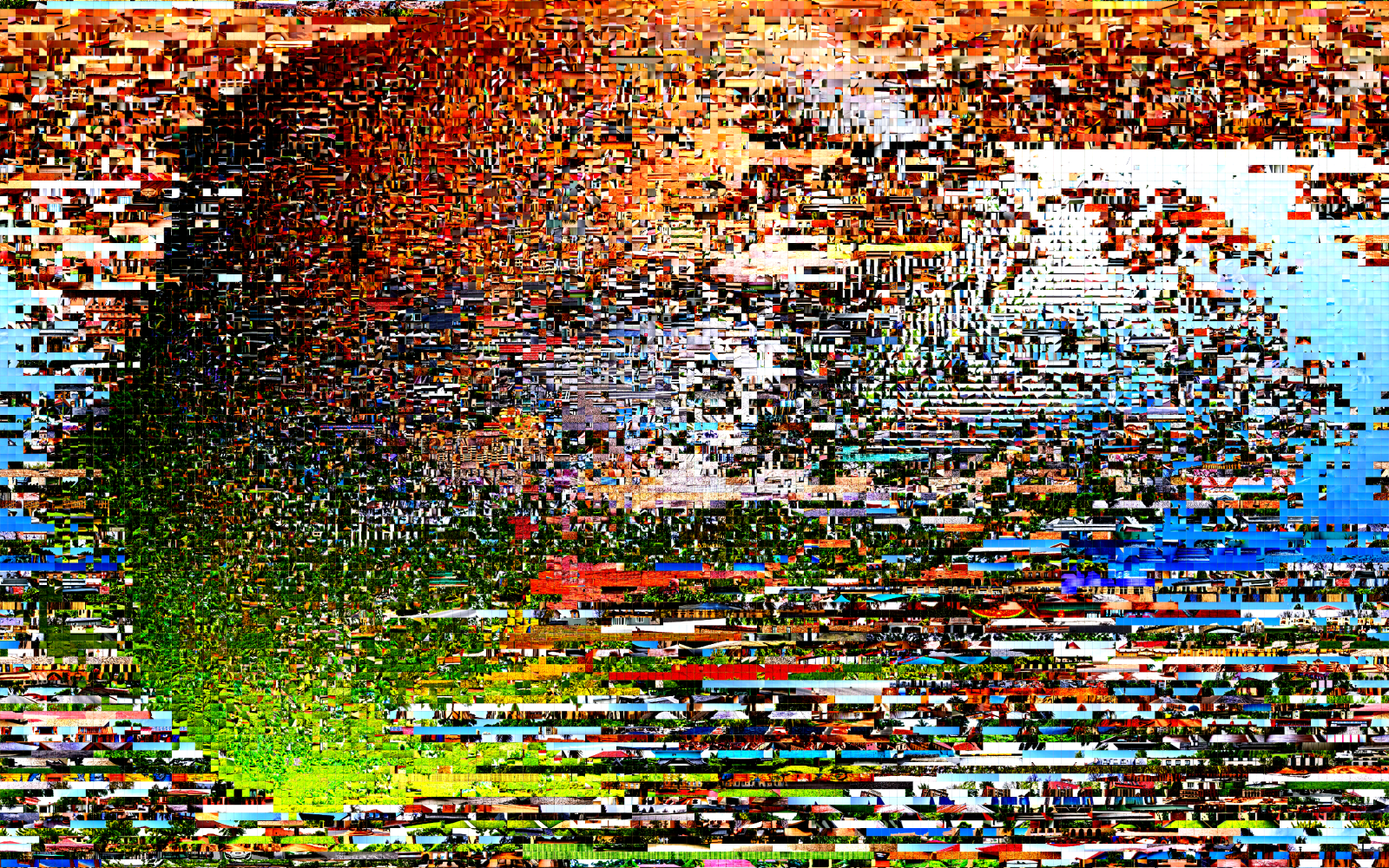ARC 327R.25 / ARC 386M.31 / ARI 350R / ARI 386M / CRP 386 Seminar
Fri 9:00am – 12:00pm, SUT 3.112
Open to all ARC, ARI, and CRP students
Daniel Koehler: daniel.koehler@utexas.edu
Architecture Computation introduces the fundamentals of Generative AI and Machine Learning. Participants will learn about core concepts such as neural networks, generative models, training workflows, and common industry practices in AI, while discovering how these techniques can inform novel ways of practicing architecture. Emphasis will be placed on harnessing Generative AI through startup-oriented approaches and the development of applications (apps) that reimagine architectural production and building processes.
By engaging with Large Language Models (LLMs) and other AI frameworks, students will examine the interplay between computational methods and design thinking, with the goal of identifying alternative workflows for inclusive, carbon-negative, and socially responsible building practices.
Through lectures, discussions, and hands-on projects, students will develop the skills to build and evaluate computational tools, design novel business models, and explore how these advancements can scale across a variety of architectural contexts. The seminar will offer a reflective space to consider the broader societal impacts of AI in architecture—including equity, climate responsibility, and cultural sensitivity—while exposing students to real-world scenarios of working with algorithms, platforms, and APIs.
No prior experience with AI or programming is required.


